
In the summer we worry about keeping our pets cool, come winter and it's time to think about keeping them warm and dry. Here are some simple ways you can protect your pets this winter.
The simplest and best way to make sure your pets stay warm this winter is to keep them inside, especially at night. Older dogs, puppies, and dogs with certain diseases such as diabetes, heart and kidney problems should never be kept outside. All cats should remain indoors.
Some dogs tolerate cold weather better than others. Dogs bred in cold climates, Alaskan Malamutes for example, and other long-haired dogs are among those suited for cold weather. Short -haired and toy dogs will have a particularly hard time in the cold.
Snow and ice can pose problems for dogs. Snow can get packed between dog's toes and freeze, causing pain and discomfort. To avoid this problem, keep the hair between the toes cut short.
Keeping nails cut short also helps. Shorter nails allow for better traction. If a dog is slipping on ice it tends to splay the toes, which causes more snow to pack between them.
If you are walking your dog on sidewalks or streets that have been salted to melt ice, be sure to wash his paws when you return. The salt can be drying and irritating to the paws.
If a dog must be kept outside during the day, be sure to provide proper shelter. An oversized dog house or shed will not retain enough heat. The house should be just large enough for the dog to stand up and turn around.
Do not use blankets for bedding. These will just get wet and freeze. Clean straw or hay is preferable.
Position the house on the south or east side of the house if possible, out of the wind. Putting it on a raised platform will also keep it a little warmer.
Remember that the dog's water may freeze if left outside. Putting the water in a deep container helps keep it from freezing. Also plastic is a better choice in this case, as metal conducts the cold quicker. Dark colors will absorb more heat and therefore freeze slower than lighter colors. Be sure to break up any ice on the surface of the water each morning.
Are you aware of the dangers of antifreeze? Ethylene glycol based antifreeze is deadly to cats and dogs! Be sure to keep containers tightly capped and out of reach. Wipe up any spills immediately. For the safest bet, use one of the alternative products made with propylene glycol instead.
Outdoor cats will look for warm spots to curl up. Some cats have learned that cars and trucks offer nice warm nooks. They will crawl up into the wheel-wells or engine compartments. Banging on the hood before you get in your car is a good idea in case you have a stowaway.
Indoors, pets will often curl up next to heaters or under wood stoves. Watch out for tails and fur getting too close to heating elements! Make sure your cat does not overheat.
If you are going to have a Christmas tree, you may want to take some precautions with it. Anchoring the tree to the wall is a good precaution. Avoid using tinsel, as it is very enticing to cats and can be dangerous if ingested. Start hanging decorations a few feet from the bottom of the tree.
You might want to rethink placing gifts under the tree if you have a puppy. Don't use string or dangling ribbons on packages if you have a cat. Cover the base of the tree to keep animals from drinking the water.
There is debate over the toxicity of Poinsettias. Even if they are not deadly, the sap is an irritant and will probably make the animal sick. Holly and mistletoe berries are poisonous; so keep them out of reach of pets.
Elyse Grau is an herbalist and a long-time pet owner, well-versed in pet nutrition and feeding. She is the author of Pet Health Resource, your web guide to a healthy, happy dog or cat. The website strives to answer your holistic pet health questions through a large collection of articles.
http://www.pethealthresource.com
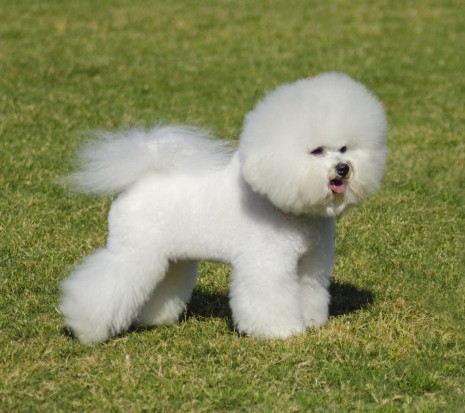 10 Of The Most Affectionate Dogs On The Planet
10 Of The Most Af
10 Of The Most Affectionate Dogs On The Planet
10 Of The Most Af
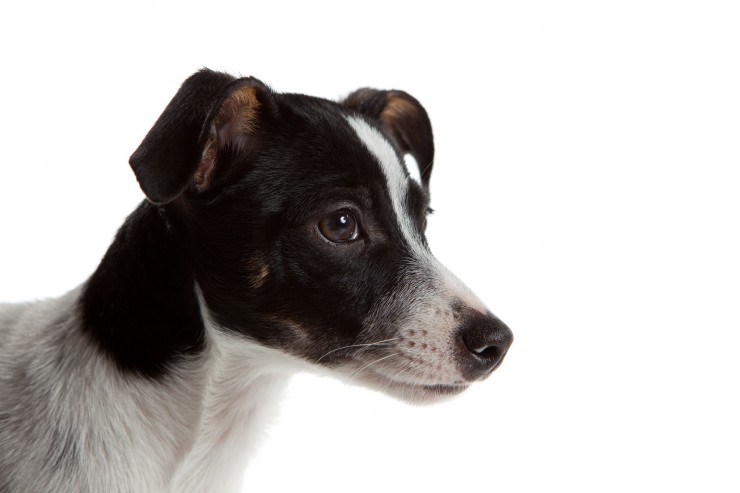 Rat Terrier - A Relative Newcomer To The Terrier Group
Rat Terrier - A R
Rat Terrier - A Relative Newcomer To The Terrier Group
Rat Terrier - A R
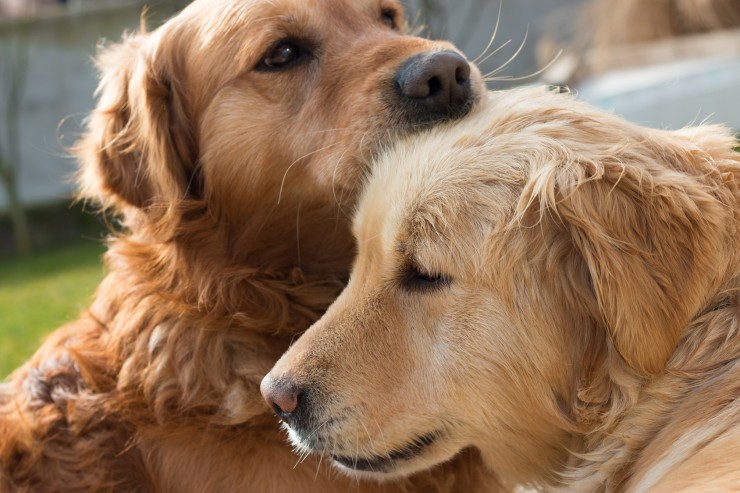 Blood-sugar Monitoring And Anomalies In The Diabetic Dog
Blood-sugar Monit
Blood-sugar Monitoring And Anomalies In The Diabetic Dog
Blood-sugar Monit
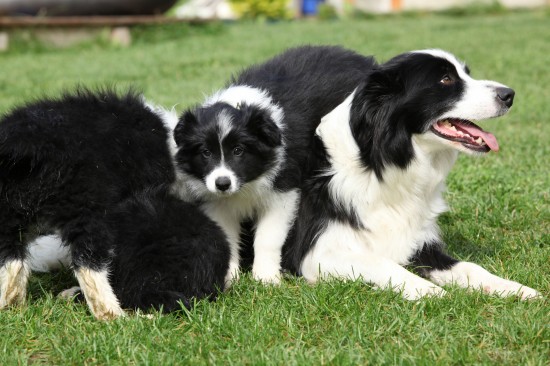 The Different Stages Of A Puppy’s Imprinting Process
The Different Sta
The Different Stages Of A Puppy’s Imprinting Process
The Different Sta
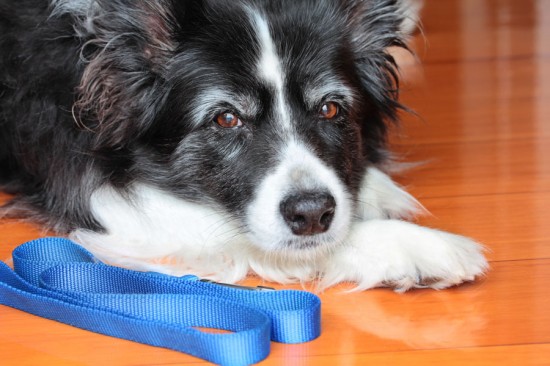 What Happens To Retired Working Dogs?
What Happens To R
What Happens To Retired Working Dogs?
What Happens To R
Copyright © 2005-2016 Pet Information All Rights Reserved
Contact us: www162date@outlook.com